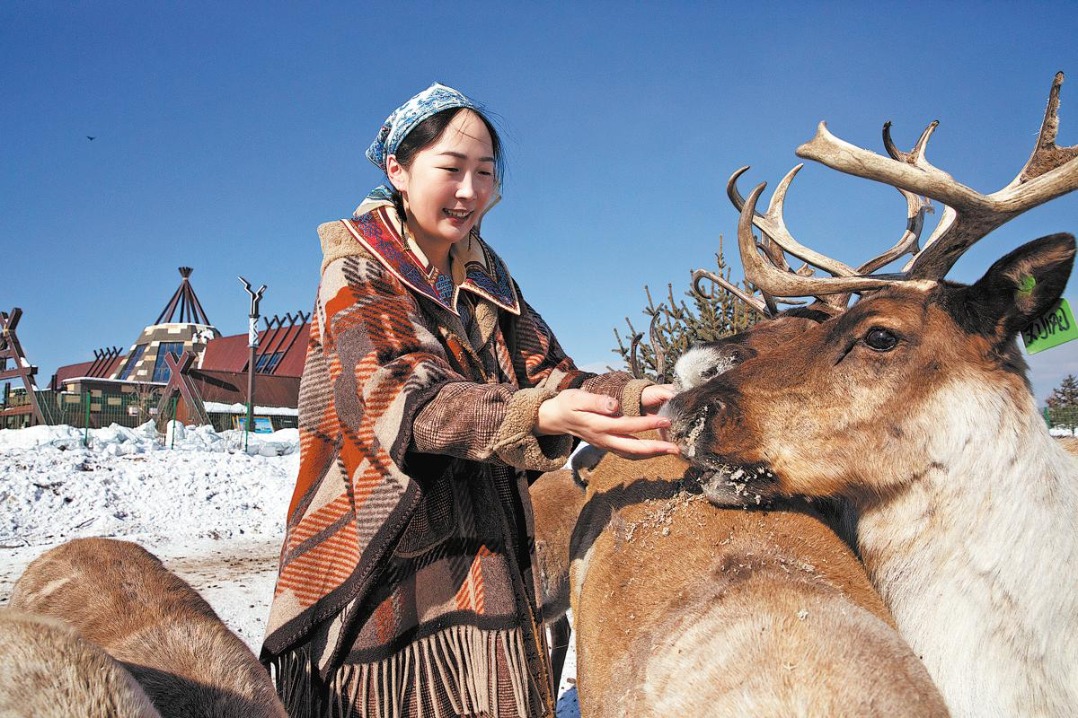Masters fight tooth and nail to keep cheongsam art alive


Hong Kong had more than 2,000 cheongsam makers in the 1960s when the local tailoring business was in its heyday. But that number has since dwindled to just five today, according to Lau On-hing, a master cheongsam maker with 60 years under his belt.
In an interview in 2022, Lau said Hong Kong is the only place in the world where the traditional technique of hand-sewing is still being passed on. But that's about to change as the city's youngest cheongsam master is already in his 70s, and the number of professionals who are proficient in making men's and women's cheongsam can be counted on one hand.
Haze Ng Kwok-hei, a committee member of the Hong Kong Cheongsam Association, says the craftsmanship of cheongsam, especially for men, is at risk of being lost. "What academia is doing now is to preserve the master skills as soon as possible."
"We're engaged in a salvage effort by recording the production techniques of cheongsam and the stories of the older generation of inheritors through videos, books and other forms," says Ng.
Racing to give these traditional crafts a new lease of life, Ng suggests Hong Kong should build up a supporting system for craftsmen of intangible cultural heritage, taking reference from the mainland.
The Ministry of Culture and Tourism issued a regulation in December 2019 on improving the identification and management of representative inheritors of national-level intangible cultural heritage.
With such a system of preserving intangible cultural heritage, backed by the government's financial support, cheongsam masters have the edge in passing on their skills to the next generation, says Ng.
He would like to see various solutions adopted, such as documenting traditional craftsmanship, innovating the inheritance model, applying digital design and connecting with society in promoting the inheritance of traditional techniques.
- Shenzhen leads China's megacities in commuting efficiency
- Shenzhen forms micro-drama industry association
- Former security official expelled from Party for serious violations
- One Chongqing Marathon participant dies due to sudden illness
- Jiangsu schools delay start times to improve student well-being
- Death toll rises to 9 after steel plant blast in China's Inner Mongolia





































